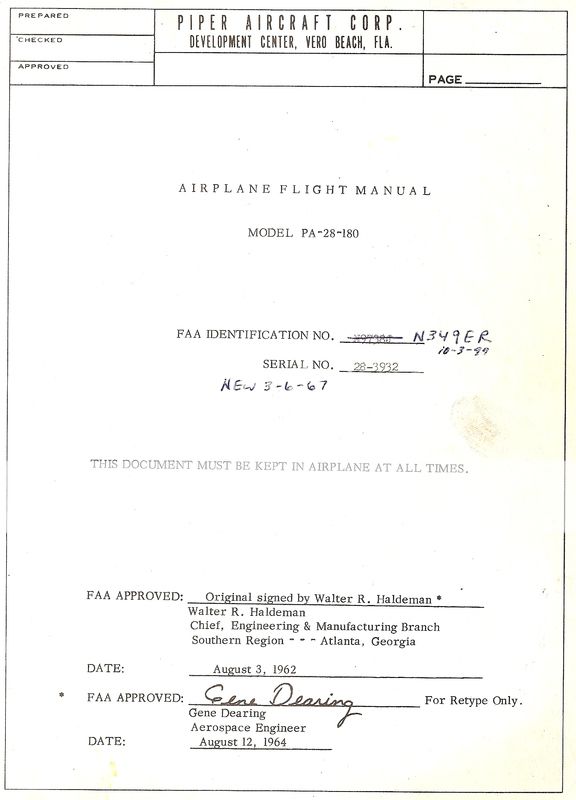MichiPilot
Pre-takeoff checklist
- Joined
- Jun 10, 2014
- Messages
- 375
- Display Name
Display name:
MichiPilot
I've recently been flying a great cherokee six and love the thing. Most of my flights have been one one or two people so useful load has not been an issue. Though, I'm planning a flight soon that will carry a few more people. I've seen "zero fuel" weight a few places and am having trouble translating it to the calculation.
I understand that it is essentially the weight above which any additional weight should only be fuel. Is that correct?
Does this change with payload? How do I calculate it? I don't seem to find it in the POH.
Thanks!
I understand that it is essentially the weight above which any additional weight should only be fuel. Is that correct?
Does this change with payload? How do I calculate it? I don't seem to find it in the POH.
Thanks!



